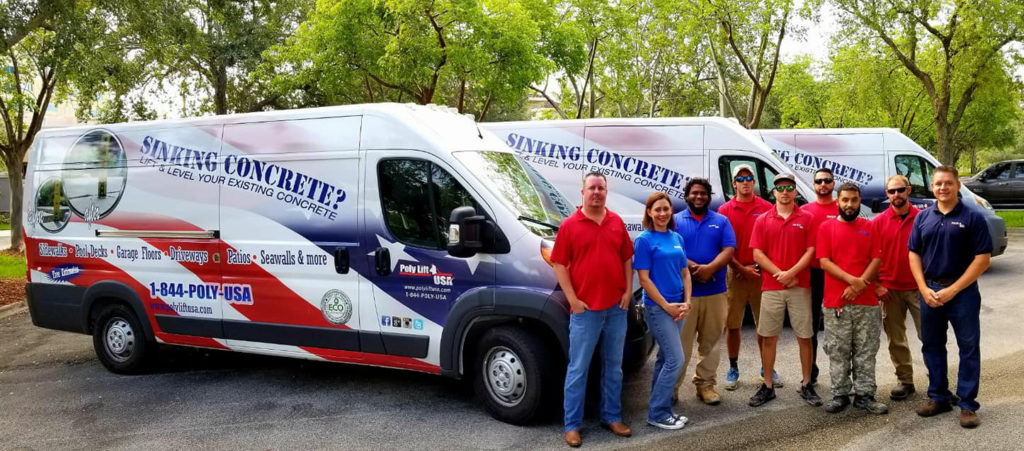Seawall Erosion, Voids and Repair in Florida
Seawall Erosion, Voids, and Repair: Understanding the Challenges in Florida
Living in Florida, we know that we’re blessed with plenty of natural beauty and scenic waterfront views. However, with those stunning views comes the challenge of seawall erosion, which can lead to structural damage and voids. Seawall erosion can be caused by a variety of factors, such as natural wear and tear, storms, and even boat wakes. Regardless of the cause, it’s important to address the issue promptly to avoid further damage and ensure the safety of your property.
Understanding Seawall Erosion, Voids, and Repair
Seawall erosion occurs when water gradually wears away at the structure of the seawall, leading to cracks and voids. Over time, these cracks and voids can become larger and cause significant damage to the seawall. When left unaddressed, this damage can compromise the stability of the seawall and lead to even more severe problems, such as flooding or sinkholes.
Steps to Repair Seawall Erosion
To repair seawall erosion, it’s important to take a comprehensive approach that addresses the root of the problem. This typically involves identifying the source of the erosion and implementing a customized solution. This may include the use of polyurethane foam, which is a highly effective method for repairing seawall voids and erosion.
How To Repair A Damaged Seawall
Repairing a damaged seawall can be a complex process, but it’s essential to address the issue promptly to avoid further damage and ensure the safety of your property. Here are the steps typically involved in repairing a damaged seawall:
- Assess the Damage: The first step in repairing a damaged seawall is to assess the extent of the damage. This typically involves inspecting the seawall for cracks, voids, or other signs of damage and identifying the root cause of the problem.
- Choose a Repair Method: Once you’ve assessed the damage, you’ll need to choose a repair method. This may include injecting polyurethane foam into voids or cracks, installing a new seawall panel, or other solutions depending on the extent of the damage.
- Prepare the Site: Before repairs can begin, you’ll need to prepare the site. This typically involves clearing away debris and ensuring that the site is safe and accessible for workers.
- Repair the Seawall: With the site prepared, it’s time to repair the seawall. This may involve injecting polyurethane foam into voids or cracks, installing new seawall panels, or other solutions depending on the chosen repair method.
- Inspect the Repairs: After the repairs are complete, it’s important to inspect the seawall to ensure that the repairs are effective and the seawall is structurally sound.
By following these steps, you can effectively repair a damaged seawall and ensure the safety and stability of your property for years to come. And when it comes to choosing a repair method, trust the experts at PolyLift USA to provide innovative and effective solutions using polyurethane foam.
PolyLift USA Uses Polyurethane Foam to Fix Seawall Erosion
PolyLift USA is a leader in concrete lifting, leveling, and stabilization projects using polyurethane foam. Our team of experts specializes in fixing seawall erosion and voids using state-of-the-art techniques that provide long-lasting, reliable results. By injecting polyurethane foam into the voids of the seawall, we can restore its structural integrity and prevent further damage.
Contact PolyLift USA Today
If you’re dealing with seawall erosion or voids, don’t wait to address the issue. Contact PolyLift USA today to schedule a consultation and learn more about their innovative solutions for repairing seawall damage. Our team of experts is committed to delivering exceptional results and ensuring the safety and stability of your property.
How It Works
Before & Afters
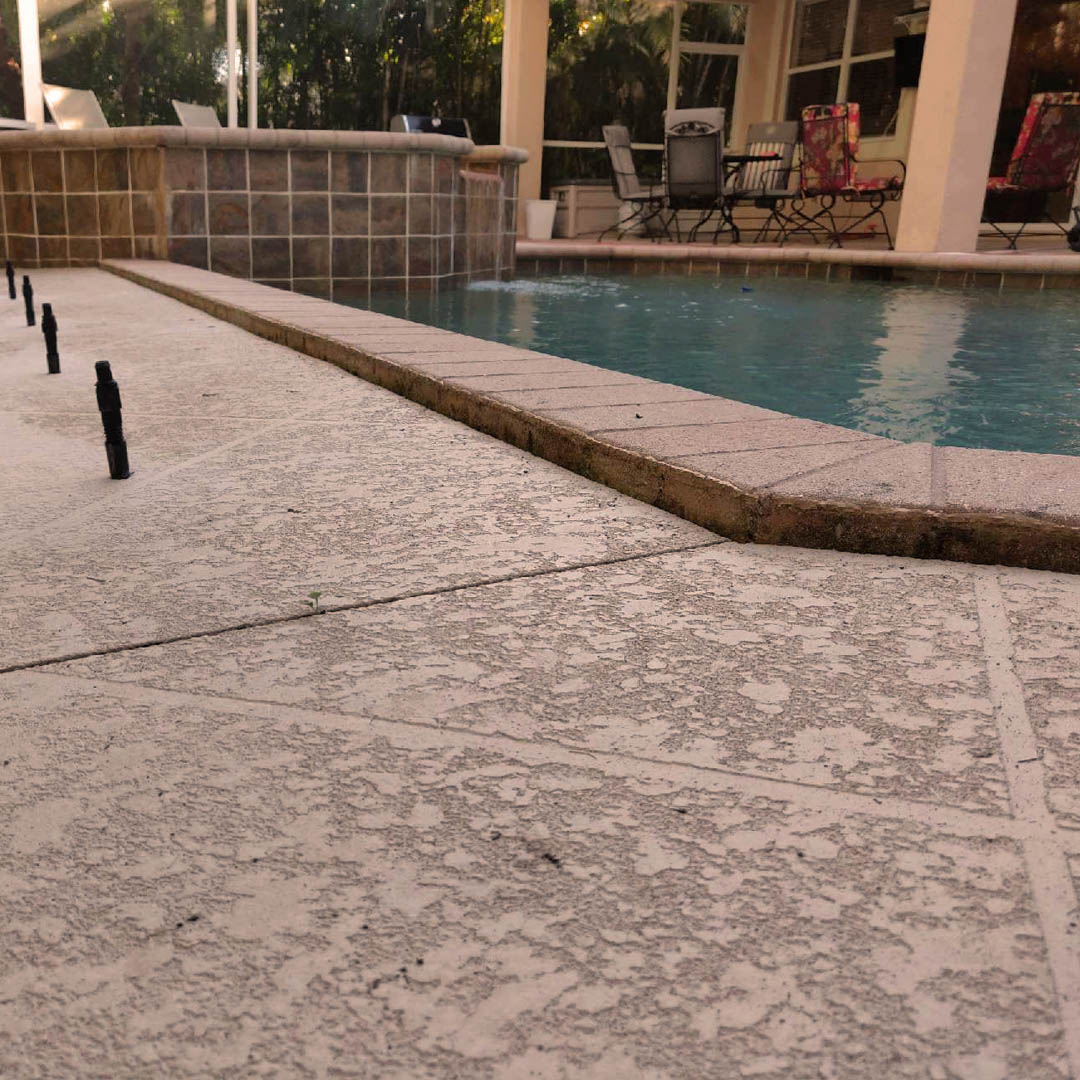
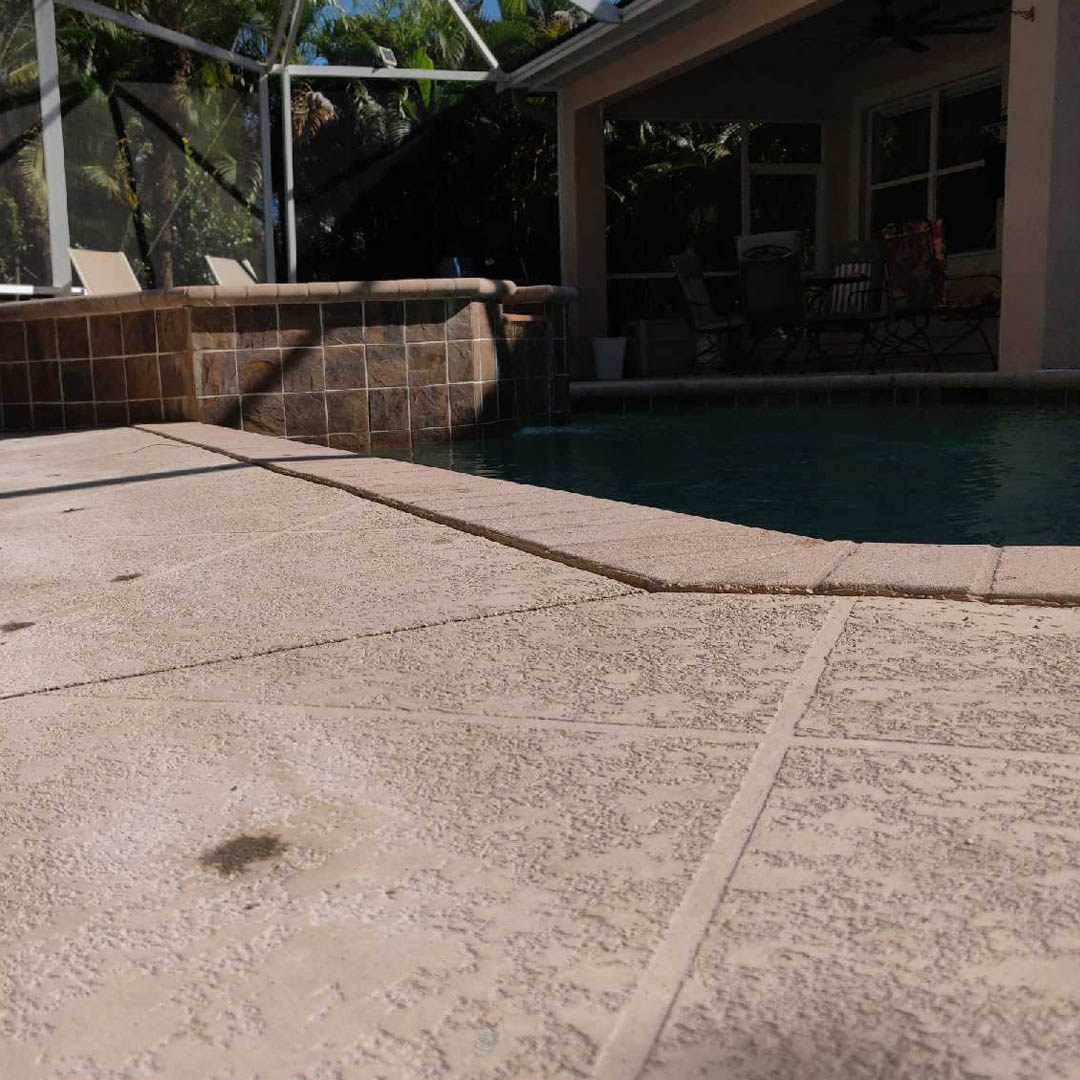
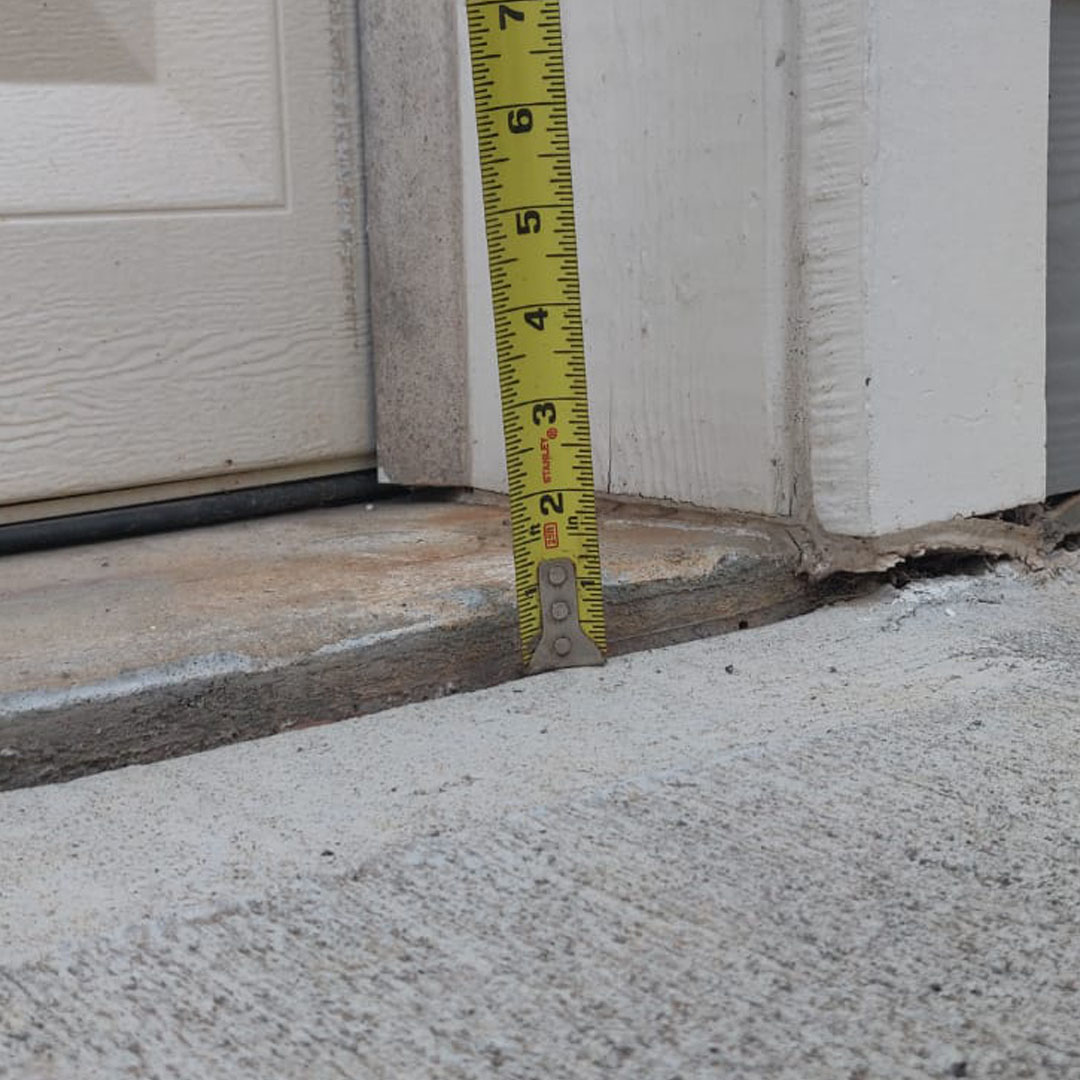
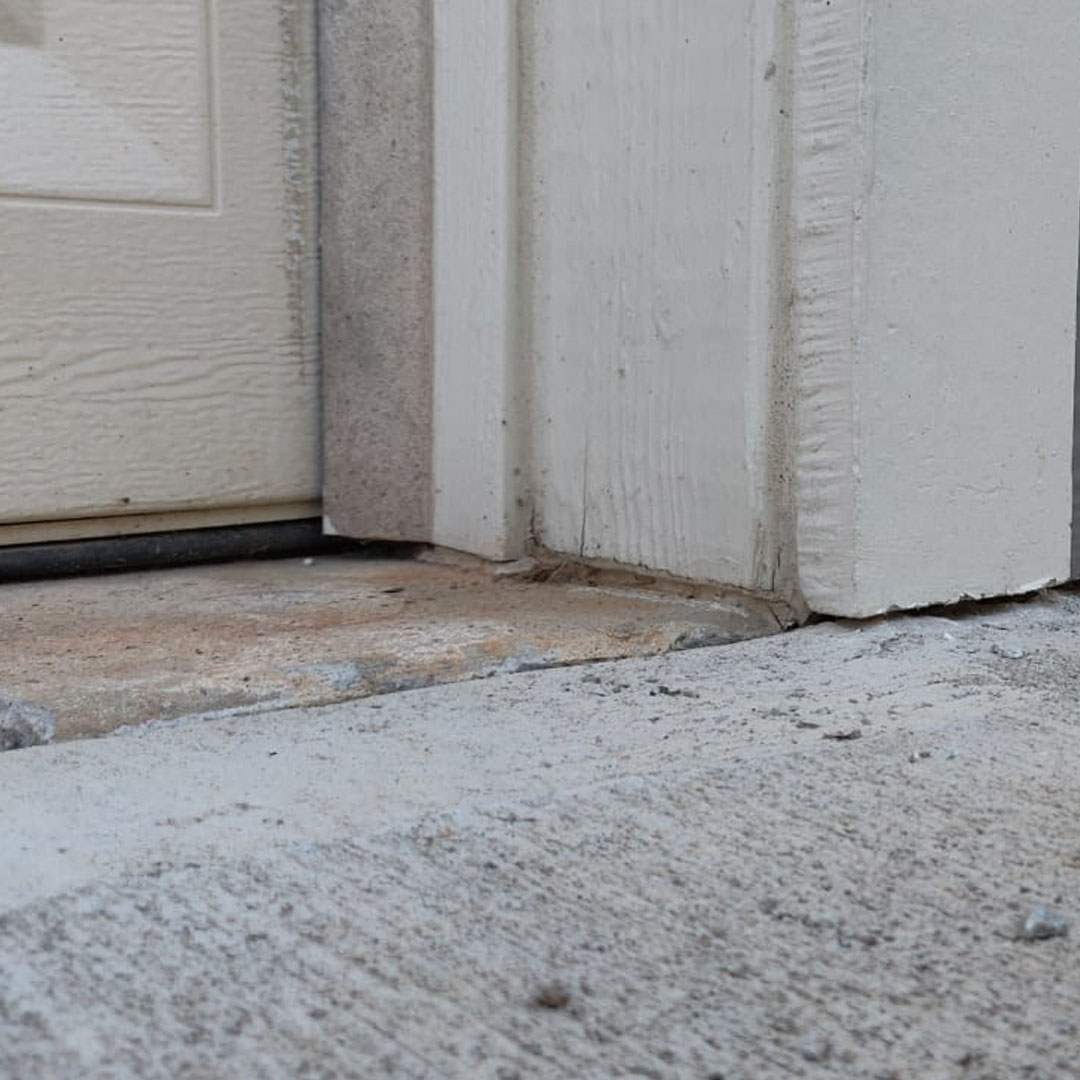
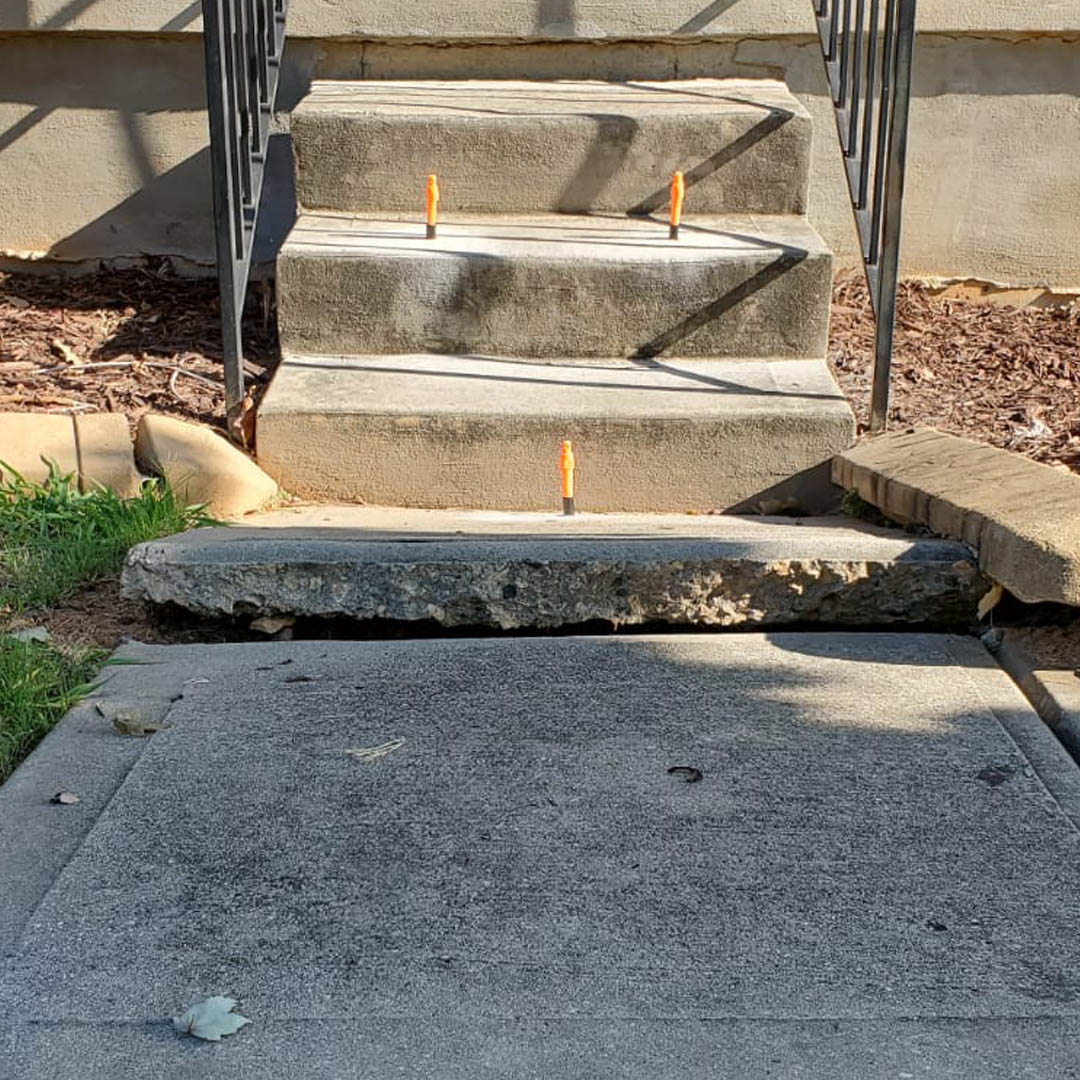
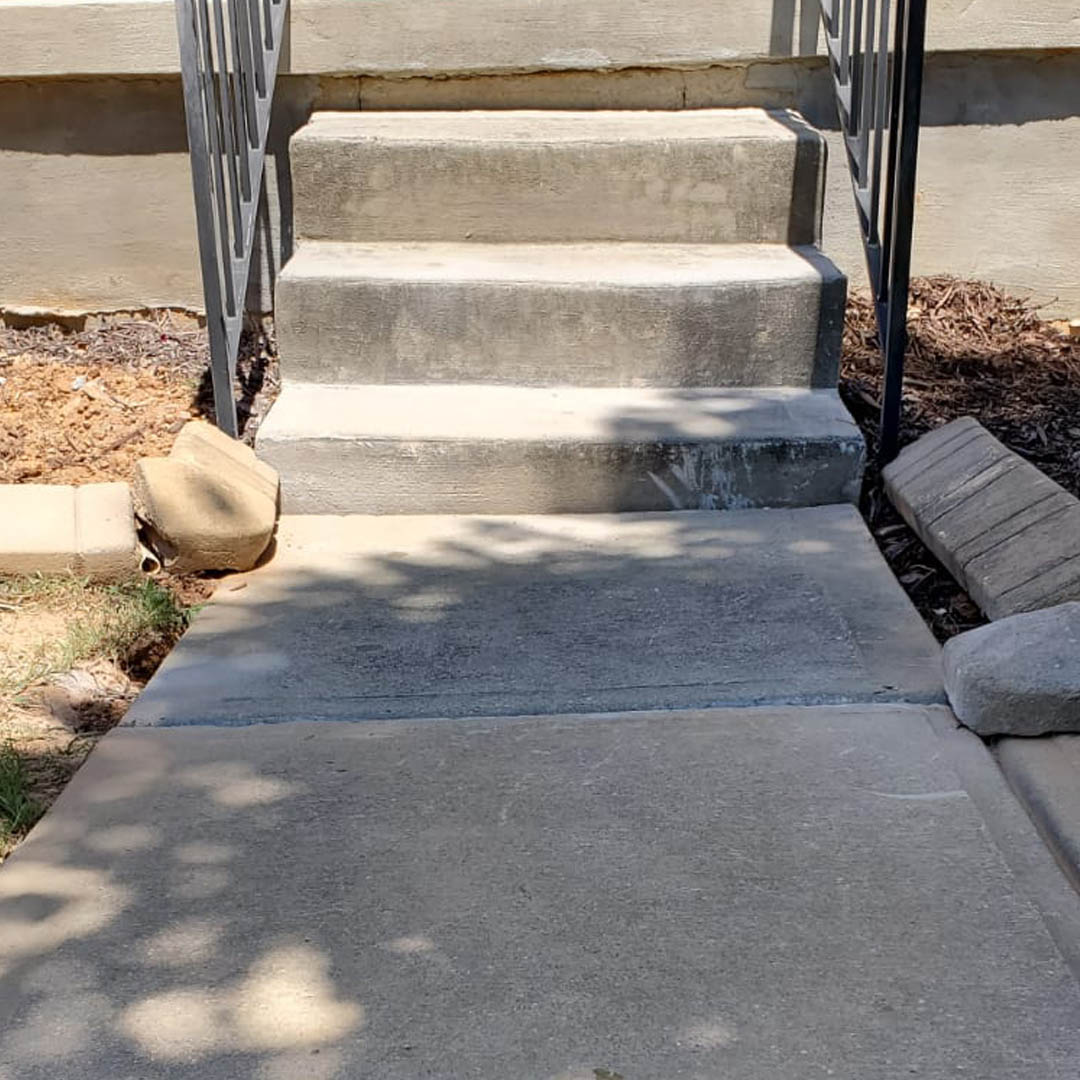
Contact Us To Schedule a Free Estimate





